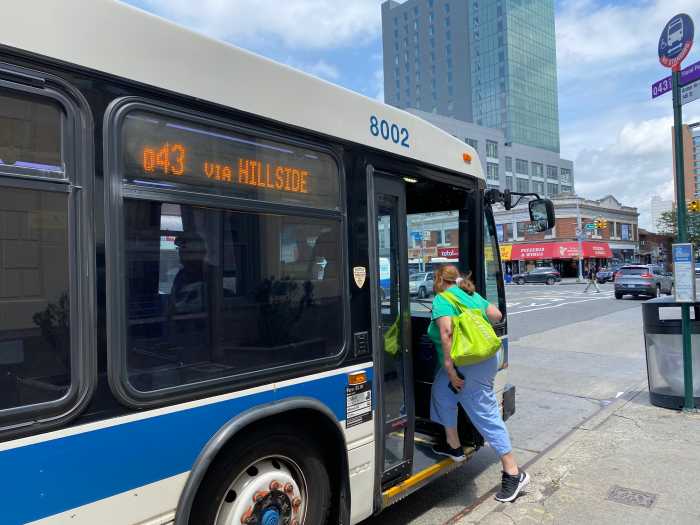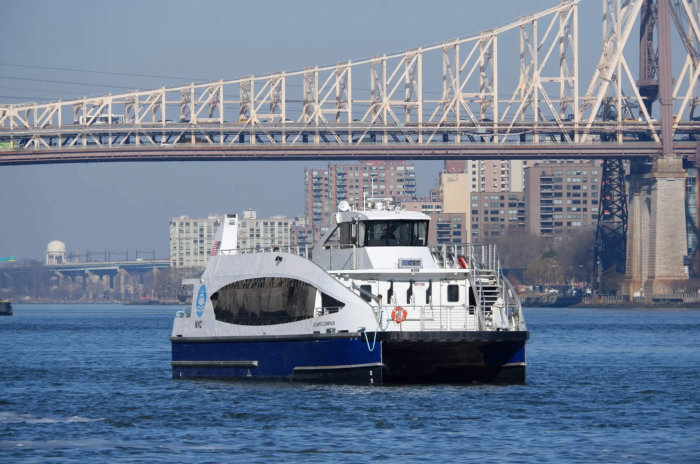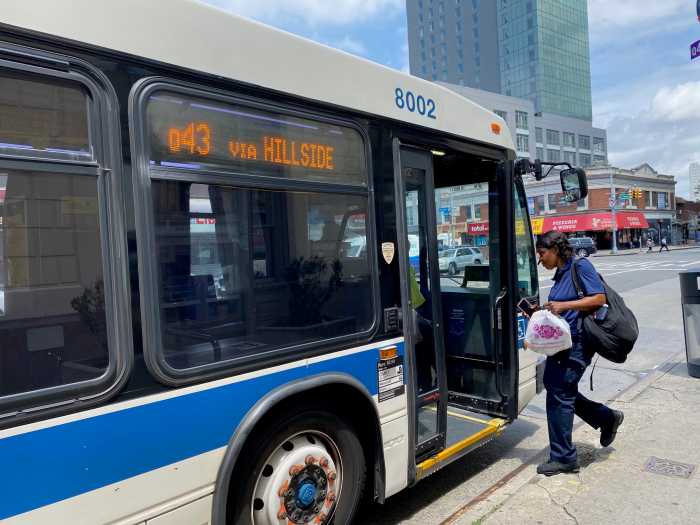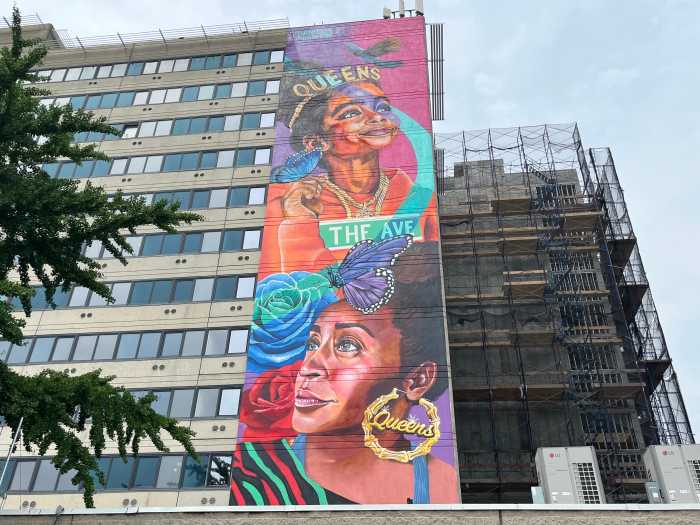How riders pay for fares is more than a matter of convenience. It can transform a commute.
Time-based fares and free transfers — staples of MTA service — were only made possible by the advent of the MetroCard. Now, as the MTA plans to phase in a new tap-based fare system, advocates want to make sure the authority brings similar game-changing ideas along with the new technology.
“Just the introduction of something like an unlimited card opened up the city. That made it possible for somebody basically to pay a flat fare and know they can go as far as they want, as many times as they wanted to, and that really opens up the opportunity,” said Nick Sifuentes, the executive director of Tri-State Transportation Campaign. “I think we have a similar situation here in what we can potentially be doing with the new fare payment.”
Sifuentes has co-authored a joint report with the advocacy group TransitCenter to be published Wednesday, titled “A New Way to Ride,” that calls for the MTA to begin discussing new fare payment policy as it prepares new tech.
The 14-page report also serves as a succinct summary of proposed policy recommendations. It focuses on several fundamental changes advocates believe the MTA should begin discussing in advance of the phase out, including all-door bus boarding, “fare capping” and new data collection to improve commutes. The new technology will also offer “far more reliable” data than what the MTA currently gleans from MetroCards, such as more exact estimates of riders on buses or in subway stations, the report details. The MTA could then pass that information on to riders in real time to help them decide to wait for the next bus or walk further to a different subway station, according to the report.
“The new technology opens up a lot of new policies that can make transit faster, more convenient and really fairer for the people who rely on the MTA every day,” said Colin Wright, an advocacy associate at TransitCenter and another author of the report. “It’s important for the MTA board to start thinking about these policies now while the technology is under development so they’re not implemented in a piecemeal way.”
The slow rollout of the new technology will begin in the spring of 2019, with bank cards and smartphone payments made available at 500 station turnstiles and 600 buses. The system will be available citywide by September 2020.
The MetroCard, meanwhile, won’t be going anywhere during the process. The magnetic-strip card is, however, expected to be completely phased out by 2023.
Moving away from the MetroCard means the MTA will have an opportunity to smoothly introduce all-door boarding to all bus routes. Wright believes this is the biggest way the new tech can aid in bailing out unreliable bus service.
Fare-capping could similarly help riders’ wallets. A frequent criticism of the current MetroCard system is that only those wealthy enough to afford the single-purchase $121 monthly pass benefit from such savings. Low-income commuters have no choice but to pay the more costly per-ride option. The contactless system could change all that.
The technology can cap fares once riders reach unlimited weekly or monthly spending. So riders’ payment stops, or is “capped,” if they pay enough single-ride fares to reach the equivalent of the cost of an unlimited pass.
Jon Weinstein, a spokesman for the MTA, said the authority “looks forward” to reading the report.
“We are excited to introduce 21st-century fare payment technology to the MTA, which is a critical step towards truly modernizing our system and improving the customer experience,” Weinstein said in a statement. “President [Andy] Byford is developing a comprehensive bus improvement strategy and as we said at the time NFPS was approved last fall, All-Door Boarding is a concept we’re very supportive of.”































